Tag: study
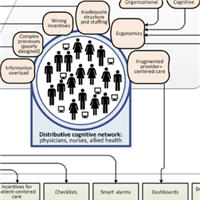
The hospital of the future – building intelligent environments to facilitate safe and effective acute care delivery
Both the integrity of the healing professions and the safety of our patients hinge on our ability to identify and overcome barriers to effective, error-free care delivery. These barriers are not due to the lack of a sophisticated... read more

Lactoferrin for the Treatment of COVID‑19
The coronavirus disease 2019 (COVID‑19) outbreak was caused by infection with the severe acute respiratory syndrome coronavirus 2 (SARS‑CoV‑2). The clinical outcomes of elderly individuals and those with underlying... read more

Mitochondrial Damage-Associated Molecular Patterns Exacerbate Lung Fluid Imbalance Via the Formyl Peptide Receptor-1 Signaling Pathway in Acute Lung Injury
Mitochondrial damage–associated molecular patterns exacerbate lung fluid imbalance in the experimental acute lung injury model through formyl peptide receptor-1 signaling, the inhibition of which may prevent exacerbation... read more

Long-Term Sustainability and Acceptance of Antimicrobial Stewardship in Intensive Care
An antimicrobial stewardship program implemented over a decade resulted in sustained suggestion and acceptance rates. These findings support the need for a persistent presence of audit-and-feedback over time with more frequent... read more
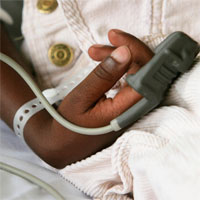
Pulse Oximeter Devices Have Higher Error Rate in Black Patients
A study showed that the devices, which measure oxygen levels in the blood, were three times more likely to give misleading readings among African-American patients. Pulse oximeters are one of the most commonly used tools... read more
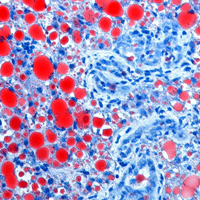
It Is a Marathon, Not a Sprint – Sustainability of Stewardship in ICUs
ICUs are arguably the most important yet most challenging hospital environments for antimicrobial stewardship. The stakes are high with critically ill patients, where the burden of resistant Gram-negative pathogens is greater... read more

ICU Delirium-Prediction Models: A Systematic Review
Although most ICU delirium-prediction models have relatively good performance, they have limited applicability to clinical practice. Most models were static, making predictions based on data collected at a single time-point,... read more

Prediction of Neurological Outcomes in Patients Treated With ECPR
This prognostic study develops and validates a prediction model for neurological outcomes of patients with out-of-hospital cardiac arrest with shockable rhythm treated with extracorporeal cardiopulmonary resuscitation. A... read more

Doppler Echocardiographic Indices in Critically Ill Patients Under Mechanical Ventilation
Doppler Echocardiographic Indices Are Specific But Not Sensitive to Predict Pulmonary Artery Occlusion Pressure in Critically Ill Patients Under Mechanical Ventilation. The objective of this study was to prospectively... read more

Increasing suction pressure during endotracheal suctioning increases the volume of suctioned secretions
It may be assumed that 250 mmHg suction pressure, via compliance with open system suction method related procedures, is being more effective and equally safe for secretion cleaning in comparison to the 80 and 150 mmHg suction... read more
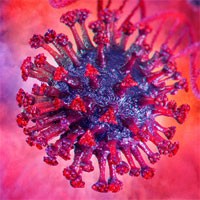
The Emerging Evidence for a Genetic Susceptibility to Severe COVID-19
A defining feature of the COVID-19 pandemic has been the wide spectrum of clinical presentations, ranging from asymptomatic viremia to life-threatening illness. Factors such as advancing age and co-morbid status have been... read more

Genetic Mechanisms of Critical Illness in COVID-19
Host-mediated lung inflammation is present, and drives mortality, in critical illness caused by COVID-19. Host genetic variants associated with critical illness may identify mechanistic targets for therapeutic development. Here... read more
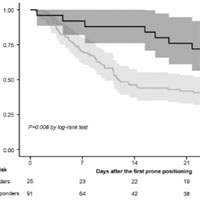
Improved Oxygenation After Prone Positioning May Be a Predictor of Survival in Patients With ARDS
We found a significant difference in the Pao2:Fio2 ratio after the first prone positioning between ICU survivors and nonsurvivors. The improvement in oxygenation after the first prone positioning was a significant predictor... read more

Impaired peripheral mononuclear cell metabolism in patients at risk of developing sepsis
Dysregulated immune response is a key driver of disease progression in sepsis and known to be associated with impaired cellular metabolism. This association has been studied mostly in the late stage sepsis patients. Here,... read more








